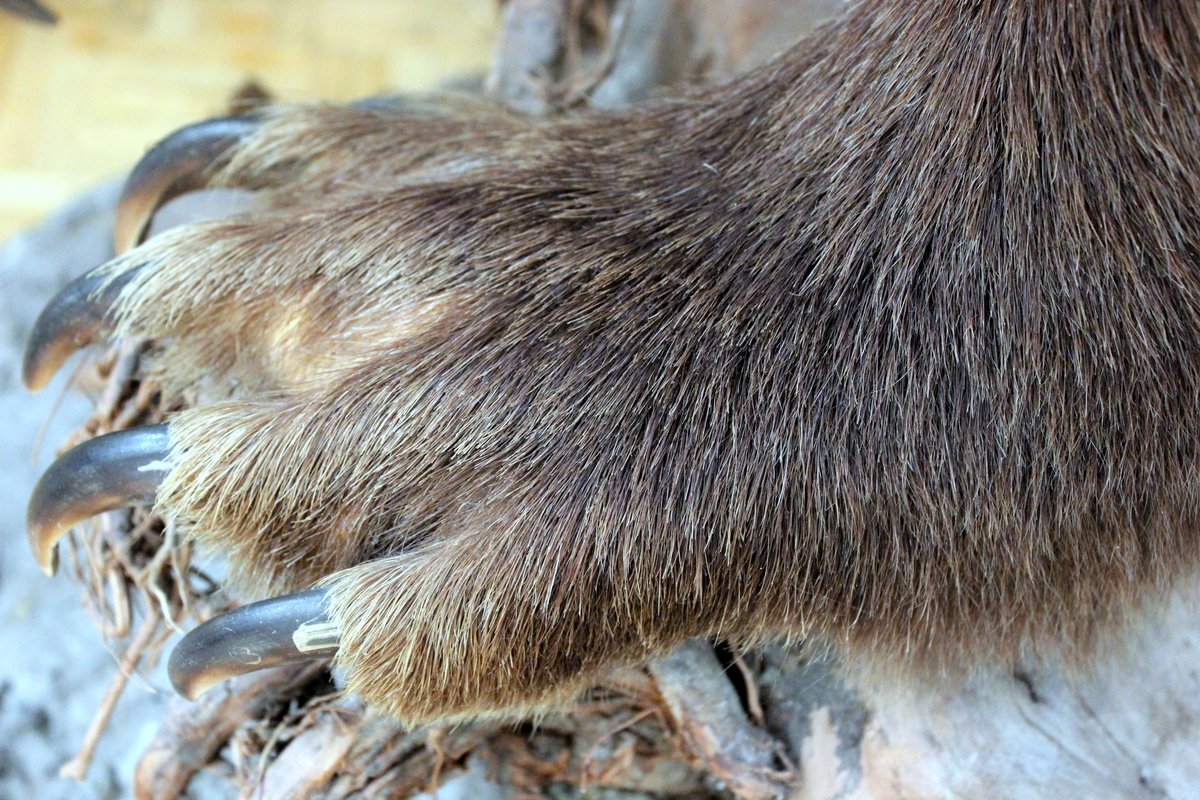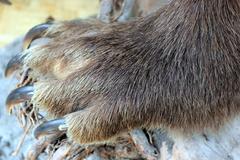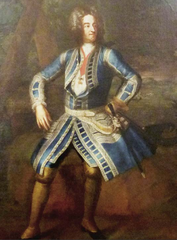
Deutsches Jagd- und Fischereimuseum: Visiting Hours, Tickets, and Comprehensive Guide to Munich’s Historical Landmark
Date: 15/06/2025
Introduction
The Deutsches Jagd- und Fischereimuseum (German Hunting and Fishing Museum) is a unique institution at the heart of Munich, offering a vivid exploration of Germany’s hunting and fishing traditions. Housed in the architecturally rich former Augustinerkirche, the museum presents a captivating blend of history, natural science, art, and folklore. Its diverse collections and interactive displays make it an essential destination for anyone interested in Bavarian heritage, natural history, and Munich’s cultural landscape (Munich Travel; Inside Munich).
Table of Contents
- Introduction
- Museum Origins and Historical Background
- Key Collections and Exhibitions
- Visitor Information: Hours, Tickets, and Accessibility
- Location and Getting There
- Visitor Experience and Facilities
- Educational and Community Engagement
- Frequently Asked Questions (FAQ)
- Summary and Visitor Tips
- References
Museum Origins and Historical Background
Early Advocacy and Foundation
The museum traces its roots to early 20th-century advocacy for preserving hunting traditions and artifacts. The pivotal acquisition of Count Arco-Zinneberg’s Alpine antler collection in 1934 established the foundation of its extensive exhibits. The original museum opened in 1938 at Schloss Nymphenburg, evolving through wartime challenges and postwar reorganization (Historisches Lexikon Bayerns; Munich Travel).
Relocation and Expansion
In 1966, the museum reopened in the restored Augustinerkirche in the city center, coinciding with Munich’s 800th anniversary. In 1982, it expanded to include fishing exhibits, becoming the first institution in the German-speaking world with a dedicated focus on both hunting and freshwater fishing (Munich Travel; Wikipedia EN).
Key Collections and Exhibitions
Permanent Collections
- Taxidermied Animals & Natural History: The museum boasts over 1,000 preserved animals, including rare specimens like the Irish elk and megaloceros skeleton, as well as immersive dioramas recreating forest and aquatic habitats (Fodor’s; Museen in Bayern).
- Hunting Weapons and Equipment: Displays trace the evolution of hunting arms from the Stone Age to modern times, including ornate firearms and traditional attire (WhichMuseum).
- Fishing Artifacts & Aquatic Life: From ancient hooks and nets to contemporary rods, the collection highlights the importance of Bavaria’s rivers and lakes.
- Art and Folklore: Paintings, ceremonial objects, and regional folklore displays—most notably, the whimsical “Wolpertinger” exhibit, which showcases the mythical Bavarian creature (Atlas Obscura).
Special and Rotating Exhibitions
Regular temporary exhibitions address topics such as biodiversity, climate change, and the evolution of hunting and fishing, tying historical artifacts to modern themes (whichmuseum.com). Since 2019, a dedicated exhibit explores the museum’s founding and postwar transformation (muenchen.de).
Interactive and Educational Features
- “Waldpfad” (Forest Path): An interactive area with multimedia stations, tactile displays, and educational games for all ages (muenchen.de).
- Guided Tours & Children’s Programs: Customizable tours and educational workshops are available for schools and families by advance booking.
Visitor Information: Hours, Tickets, and Accessibility
Visiting Hours
- Tuesday to Sunday: 10:00 AM – 5:00 PM
- Closed: Mondays and public holidays (Christmas Eve, New Year’s Eve, Shrove Tuesday)
- Check the official website for seasonal changes or special closures
Tickets and Discounts
- Adults: €6
- Reduced (students, seniors): €4
- Children under 18: Free
- Family and group rates available
- Advance purchase is recommended during peak seasons. Online booking is available.
Discounts: Holders of the München Card receive reduced admission; City Pass holders enter free and enjoy public transport benefits (Munich Travel).
Accessibility
- Wheelchair access: The museum is partially accessible, with ramps and elevators serving most public spaces (museum website).
- Assistance dogs: Permitted on leads.
- Facilities: Cloakroom, lockers, accessible restrooms on each floor.
Note: Some exhibition areas may have limited accessibility due to the historic building’s structure; visitors with mobility needs should contact the museum in advance for assistance (Museumspedia).
Location and Getting There
- Address: Neuhauser Straße 2 (or Augustinerstraße 2), 80331 Munich
- Public Transport: U-Bahn/S-Bahn stations Karlsplatz (Stachus) and Marienplatz are less than a 10-minute walk away. Tram and bus stops are nearby (museum website).
- Parking: Limited in the city center; use public parking garages.
- Bike parking is available in the vicinity.

Visitor Experience and Facilities
- Atmosphere: The Gothic church setting, bronze animal sculptures at the entrance, and well-lit, modern exhibits create an inviting environment.
- Languages: Exhibit information in German and English; staff generally speak English.
- Duration: Allow 1.5–2 hours for a standard visit.
- Museum Shop: Offers books, souvenirs, and educational materials.
- Food & Drink: No on-site café, but many options are available in the pedestrian zone.
- Photography: Generally allowed (no flash), but always check signage.
- Pets: Assistance and other dogs on leads are welcome; balloons are not permitted.
Educational and Community Engagement
- Interactive Exhibits: Tactile displays and hands-on learning stations foster engagement for children and adults alike (Inside Munich).
- Special Events: The museum hosts temporary exhibitions, educational workshops, and family-friendly activities throughout the year. Check the official site or social media for updates.
- Conservation Focus: Educational programming emphasizes biodiversity, habitat preservation, and ethical wildlife management (WhichMuseum).
Frequently Asked Questions (FAQ)
Q: What are the Deutsches Jagd- und Fischereimuseum visiting hours?
A: Tuesday to Sunday, 10:00 AM to 5:00 PM; closed Mondays and major holidays.
Q: How much are tickets?
A: Adults €6, reduced €4, children under 18 free. Family and group discounts available.
Q: Is the museum wheelchair accessible?
A: Partially; most public areas are accessible, but some historic sections require stairs.
Q: Are guided tours available?
A: Yes, specialist-led tours and educational programs can be booked in advance.
Q: Are pets allowed?
A: Assistance and other dogs on a lead are welcome.
Q: Where is the museum located?
A: In Munich’s pedestrian zone at Neuhauser Straße 2, near Marienplatz and Karlsplatz.
Summary and Visitor Tips
The Deutsches Jagd- und Fischereimuseum offers a compelling journey through Germany’s hunting and fishing traditions, set within a historic architectural landmark. With its accessible location, engaging exhibitions, and educational initiatives, it appeals to history buffs, families, and international visitors alike. To maximize your experience:
- Plan ahead: Book tickets and guided tours in advance, especially during peak seasons.
- Combine your visit: Take advantage of the museum’s proximity to other Munich historical attractions like Marienplatz, the Frauenkirche, and Viktualienmarkt.
- Stay updated: Use the Audiala app and follow the museum’s social channels for the latest events and visitor information.
References
- Munich Travel
- Jagd-Fischerei-Museum
- Inside Munich
- Wikipedia EN
- Museumspedia
- Fodor’s
- WhichMuseum
- Museen in Bayern
- Atlas Obscura
- muenchen.de
Visuals and Media Recommendations: Include optimized images of the museum’s exterior, the megaloceros skeleton, the Wolpertinger display, and interactive exhibition areas. Add a map pinpointing the museum’s central Munich location and links to any available virtual tours.
Internal Links Suggestions: For further exploration, see articles on [Top Munich Museums to Visit], [Historical Sites in Munich], and [Family-Friendly Museums in Bavaria].






































































































